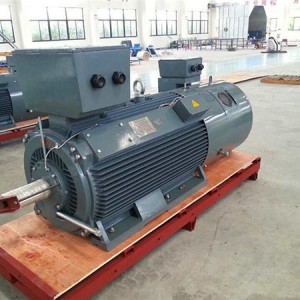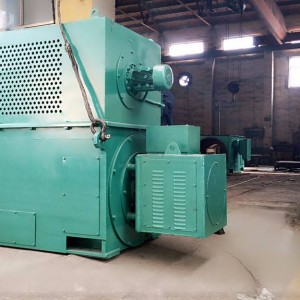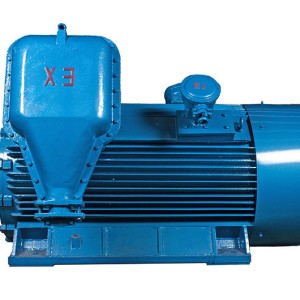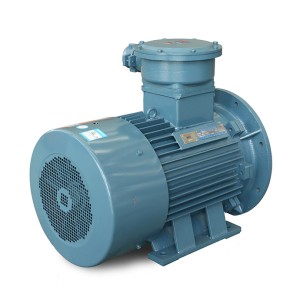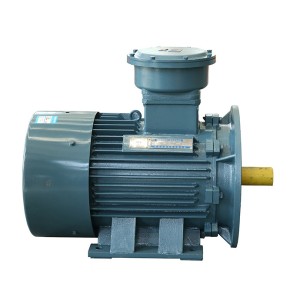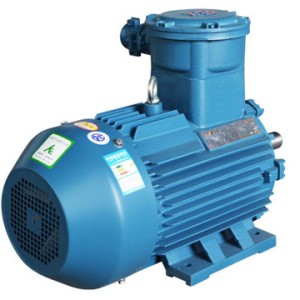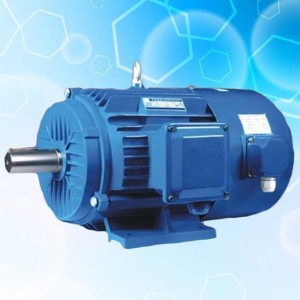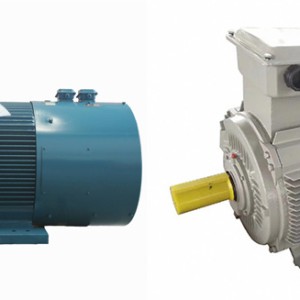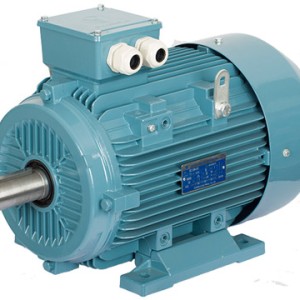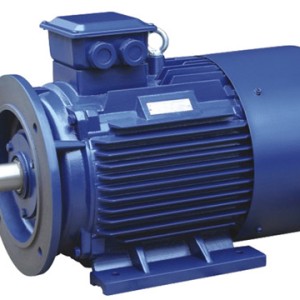What is the difference between explosion-proof motors and ordinary motors?
1. Explosion-proof motors are generally used in flammable and explosive situations
2. The sealing of explosion-proof motor junction box is better than that of ordinary motors
3. The low protection level of explosion-proof motors is IP55, while ordinary motors have IP23, IP44, IP54, IP55, and IP56, so it can be distinguished from the shape.
4. The explosion-proof motor is a motor that can be used in flammable and explosive factories, and does not generate electric sparks during operation.
5. The explosion-proof type of explosion-proof motor has a flame-proof structure. When an explosion occurs inside the motor, due to the protection of the flame-proof structure, the electric spark will not escape from the outside of the motor casing, thereby avoiding the occurrence of secondary explosion.
6. The explosion-proof motor adopts F-class insulation, and the temperature rise is assessed according to B-class, and ordinary motors cannot meet this requirement;
7. The explosion-proof motor changes the traditional lower water cooling to upper water cooling, that is, the water cooler is placed on the upper part of the motor;
8. An increased safety moisture-proof heater is installed, which is fixed in the cover at the bottom of the motor for heating and moisture-proof during shutdown;
9. Select high-quality raw materials, and leave a large margin for electrical and mechanical calculations, which can meet the operating reliability and temperature requirements of increased safety motors;
10. The explosion-proof motor is equipped with perfect monitoring measures; the main junction box is equipped with an increased safety self-balancing current transformer for differential protection; the stator winding is buried in the work and standby platinum thermal resistance, the graduation number is Pt100; water leakage is set Monitor, monitor the leakage of the water cooler; the two ends of the seat type sliding bearing are respectively equipped with on-site temperature display instrument and remote signal terminal;
11. The end covers on both sides of the explosion-proof motor are made of grooved dark bolts, and the slot is 5 times deeper than that of ordinary motors (asbestos pads are required as required), mainly to prevent the sparks from flowing along the gap in case the internal winding is burnt run out;
12. In addition to the excellent sealing structure of the junction box of the explosion-proof motor, the internal lead wires of the motor windings are also sealed and led to the terminals, and in order to reduce the generation of sparks, only three terminals are generally led out (usually 6, with connecting piece).
13. The external power inlet of the explosion-proof motor junction box is extended by more than ten centimeters, can be connected movably, and has a closed flame-retardant tubular threaded interface at both ends. All lines meet the requirements of closed fire protection;
14. For the cooling fan at the end of the explosion-proof motor, in order to prevent the fan blades from rubbing against the wind hood, the outer edge of the fan blade is far away from the wind guide hood, and the fan blades are made of plastic.
15. Of course, due to the special structure and material of explosion-proof motors, the price of explosion-proof motors will be much more expensive than ordinary motors.
Explosion-proof motors
An explosion-proof motor is a kind of motor that can be used in flammable and explosive places, and does not generate electric sparks during operation. Explosion-proof motors are mainly used in coal mines, oil and gas, petrochemical and chemical industries. In addition, it is also widely used in textile, metallurgy, urban gas, transportation, grain and oil processing, papermaking, medicine and other departments. As the main power equipment, explosion-proof motors are usually used to drive pumps, fans, compressors and other transmission machinery.
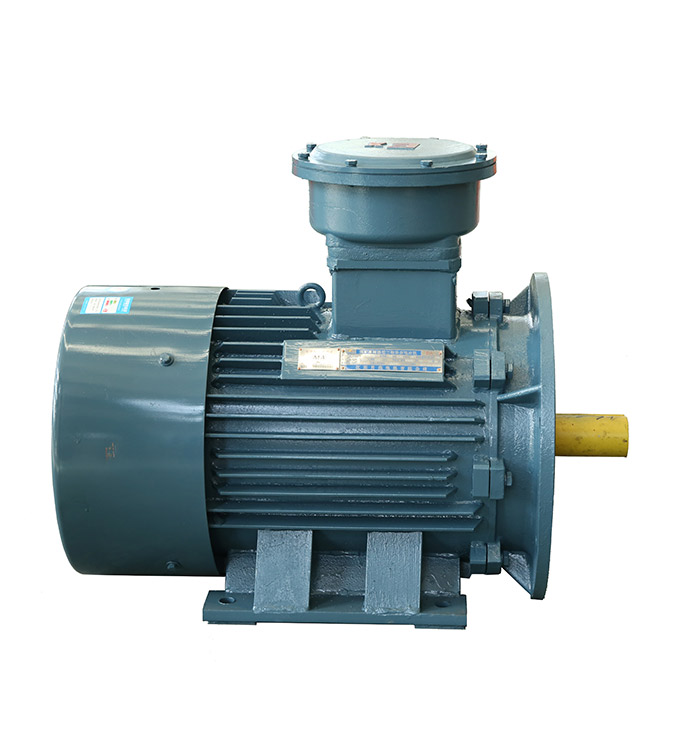
Ordinary motor
Motor refers to an electromagnetic device that realizes the conversion or transfer of electrical energy according to the law of electromagnetic induction.
The main function of the motor is to generate driving torque. As a power source for electrical appliances or various machinery, its main function is to convert mechanical energy into electrical energy.
Post time: 2022-02-14


